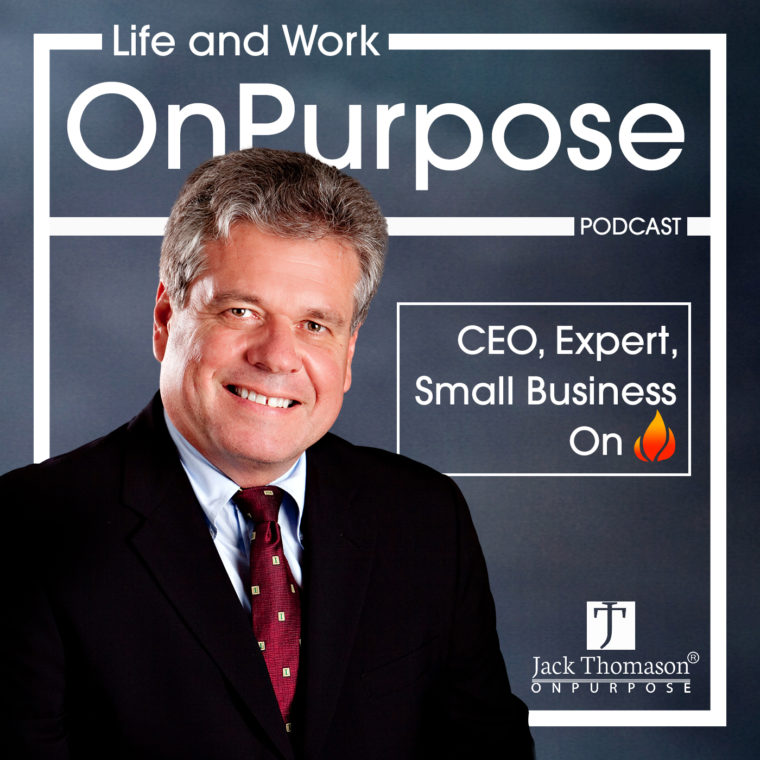
Have you ever dreamed of having your own business and doing what you love to do everyday? Are you struggling to gain clarity and confidence to pursue your dreams? Do you know where you are heading in life? Do you have a personal and professional Vision/Mission/Core Values statement? Well if all of this sounds frustrating and confusing to you, lets start with your “Story” and your “Why”. I think everyone would agree that we all have struggled to gain clarity and we all have a “Story” and a “Why” to share with the world. But the challenge is: “How do we do this?”
So let me share 3 simple steps to achieve your Destiny and Purpose in life and here they are:
- Struggle
- Journey
- Solution
The foundation of your revenue stream lies in your ability to share your struggle, journey and solution to that struggle with the world. People are looking to short cut their troubles and people are willing to pay for what you have learned in life. So instead of forgetting about all of those difficult struggles in life, go back and see that those struggles are truly “unrealized assets” to your future revenue stream. In my next blog post, I will share with you the next steps…
